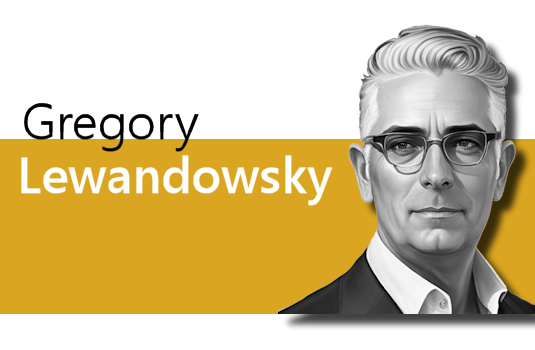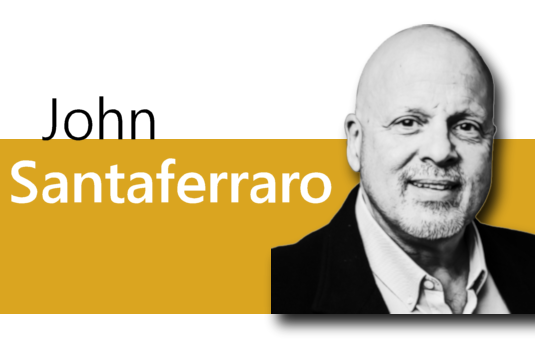
Key Takeaways from the Free Masterclass: Adapting Data Governance for Modern Data Architecture
I want to extend my gratitude to all the participants who joined and actively engaged in this session! 🎉 During the masterclass, I conducted several live polls, and I’m excited to share the key insights below.
📊 Key Takeaways
1️⃣ Organizations Recognize the Need for Data Governance but Struggle with Implementation
📌 60 percent of organizations are actively working on a data governance framework:
✅ 36 percent in development
✅ 24 percent in implementation
⚠️ However, only 16 percent have a fully operational framework, highlighting challenges in moving from planning to execution.
💡 The gap? Many organizations face obstacles such as:
🔸 Resource constraints
🔸 Lack of clear strategies
🔸 Difficulties embedding governance into daily operations
📉 Additionally:
🔸 16 percent still lack a framework altogether
🔸 8 percent operate in an ad hoc manner
👉 These findings underscore the need for structured governance approaches!
2️⃣ Most Organizations Recognize the Need for Change in Their Data Governance Framework
🔄 The majority acknowledge that their framework is either insufficient or nonexistent:
🔹 48 percent need to adjust their existing framework
🔹 44 percent must start from scratch
🚨 Only 4 percent believe no changes are required, signaling that mature and fully effective governance frameworks remain rare.
❓ Another 4 percent are unsure about their organization’s stance—suggesting a lack of clarity or awareness.
3️⃣ Key Attention Points When Developing or Adjusting a Governance Framework
For organizations building or re-building their governance framework, critical considerations include:
🔹 The Role of Data Governance in Data Management
I believe that data governance and data management follow a yin-yang duality. Data governance defines why an organization must formalize a data management framework and its feasible scope. Data management, in turn, designs and establishes the framework, while data governance controls its implementation. Read more on my perspective here: 👉 Yin & Yang of Data Management & Governance
🔹 Key Factors Influencing the Data Management Framework Structure:
✅ Business model: Focused vs. diversified
✅ Organization size & geographic reach
✅ Data architecture: Centralized vs. decentralized
✅ Organizational structure & culture
✅ Integration of (meta)data & AI practices
✅ Compliance with Data & AI legislation
🔹 Scope of Data Governance to be Created/Adjusted:
📌 Enterprise-wide framework – Operating model, governing bodies, organizational structure, and role design
📌 Governance components for each capability – Policies, processes, artifacts, RACI roles, IT tool requirements
📌 Coordination mechanisms between various data management capabilities
📢 Join the Conversation!
This topic always sparks great discussions in my workshops. Want to dive deeper?
🔹 🛠 Paid Workshop: Harmonizing Governance Frameworks for Data & AI Management
📌 Register here: 🔗 https://us02web.zoom.us/meeting/register/0MVTYG-QQvewM_iuEahJQw
🔗 Let’s Connect! Share your thoughts in the comments or message me directly. 🚀

 - by
- by






